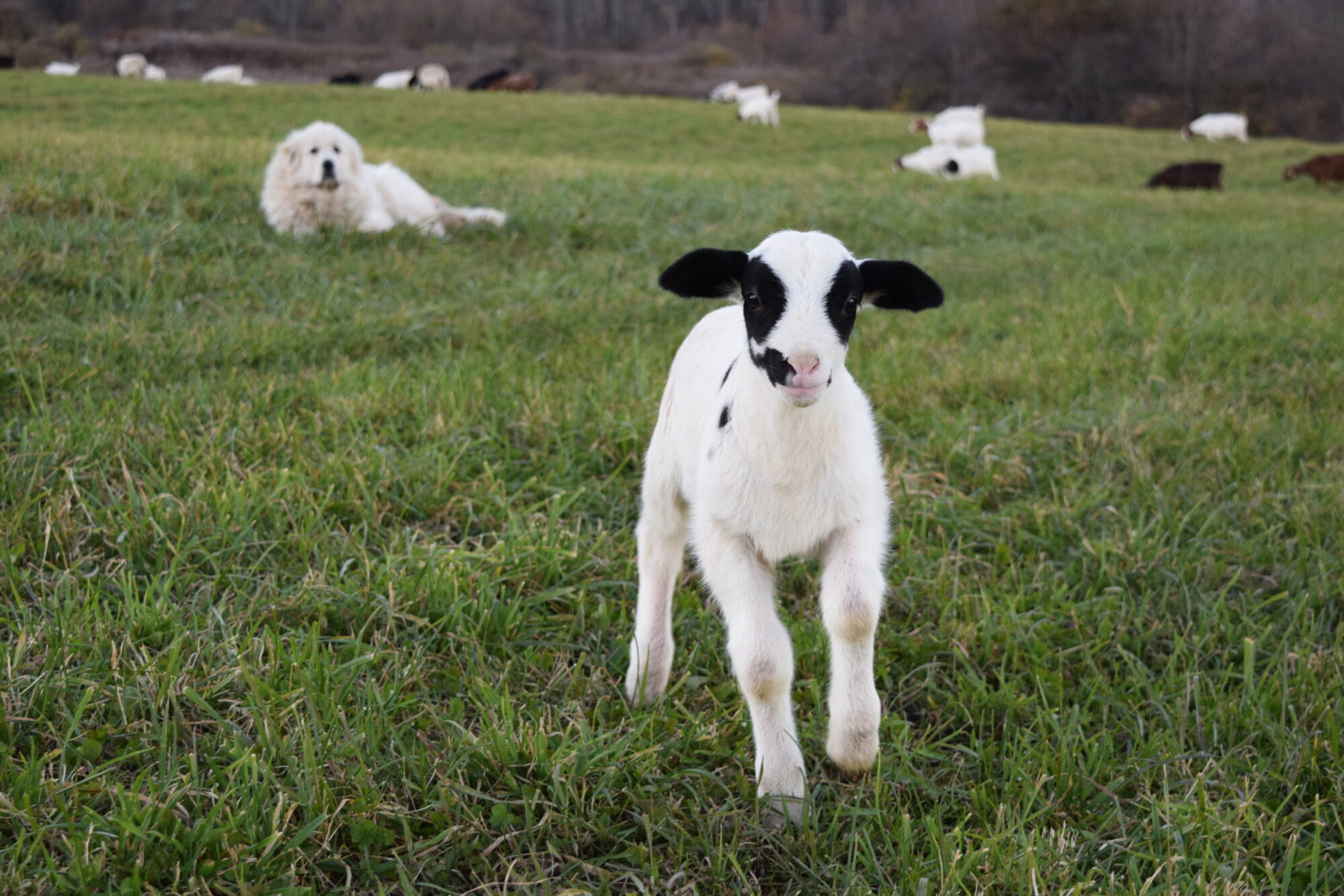Are you familiar with this saying? I guess it originally was “the proof of the pudding is in the eating,” meaning you wouldn’t know whether food was cooked properly until you tried it. In fact, the origins of “the proof is in the pudding” date back to a 14th century proverb. “Pudding” was apparently quite a different substance then—and one didn’t know if it was rancid or delicious until you tried it. Hooray for modern cooking methods!
I use this phrase all the time, whether it’s to describe a new cheese we’re working on or when wondering whether a new breeding ram will be worth our investment. It’s my favorite shorthand way of saying I really won’t know whether my efforts have been successful until I reach the end…or at least until I’ve tried.
Readers may be surprised to hear that farmers are trying new things all the time. And why not? It’s a business after all, and adjusting your feed ration, trying a new mineral supplier, applying urea to your hayfields, or switching to a drought-tolerant seed are all small ways a farmer can tweak her business—hopefully for the better. But how will the farmer know whether these small (or large) changes have had a positive effect on the bottom line? The proof is in the pudding!
We tried lots of new things on our farm in 2016. For example, friends had been pushing us to try raising “heritage breed” meat chickens instead of the ubiquitous Cornish Cross. I’ve always loved a good experiment and thought it well worth our time and effort to see if a different breed would be better for our system. I certainly hoped for a hardier, more active animal with a more complex flavor—something our customers could really appreciate. In the end, they certainly were more active and were harder to catch on processing day. Unfortunately, they did not have a significantly different taste profile, grew more slowly, and had the same mortality rate. In other words, when the pudding was done, it didn’t seem worth the extra effort and higher cost…a shame, really. But this is knowledge I would not have if I had not tried!
We tried new sales outlets this year, buying a handful of retail display freezers to sell our gelato. We wanted to sell to more “mom and pop” type shops—exactly the kind of places that don’t have display freezers. Of course, the up-front cost of the freezers and branding were a small burden, but the machines gave us an instant outlet and made our customers happy. We discovered every one of these shops works differently, however, and establishing the parameters of the relationship from the very beginning is really important. In this case, the pudding was well worth the cost and the effort—I just need to outline a contract for next year’s pudding… I mean… freezers.
We also tried some really off-season breeding in our sheep program this year, hoping to keep the pipeline full for customers. Babies began arriving mid-November and I have already experienced a higher-than-average orphan rate, with mothers rejecting 25% of their offspring. My experiment in this case is not boding well, but the pudding isn’t done quite yet…we have a few months to go before we see this one to the end.
Finally, we are about to embark upon our largest pudding to date: a cheese plant expansion that will more than quintuple our capacity. We’ve done lots of legwork applying for grants, sketching out floor plans, pricing equipment, projecting cash flow, and conferring with consultants. We expect to break ground in spring, but it could be years before we know whether our efforts were worthwhile…a long time to wait for pudding!
So, what is the point of all this? Certainly, as a new-“ish” farmer, I have a lot to figure out. But more to the point, farming is a complex business with fresh challenges and unique problems almost on a daily basis. Finding the right solution or technology must help the farmer stay in business, allow for growth or transition, and hopefully improve quality of life. We don’t have staff dedicated to research and development, and we don’t have huge coffers of cash or investors waiting in line to throw money at our problems. We try, and then we try again; we try as many times as we able to make things work, to the best of our abilities. And because the challenges farmers face are so complex, we often don’t know until the pudding is done—‘til all the costs of seed, planting, fertilizer, herbicide, pesticide, rent, insurance, harvest, hauling, and drying are stacked up against the price per bushel paid at the end of the season. It is then that we sit down to take a hard look at those numbers, and make informed decisions for next year.
